Allstate Boat Insurance – Personal Watercraft (PWC) Starting Procedures and Operation
Captain’s Report
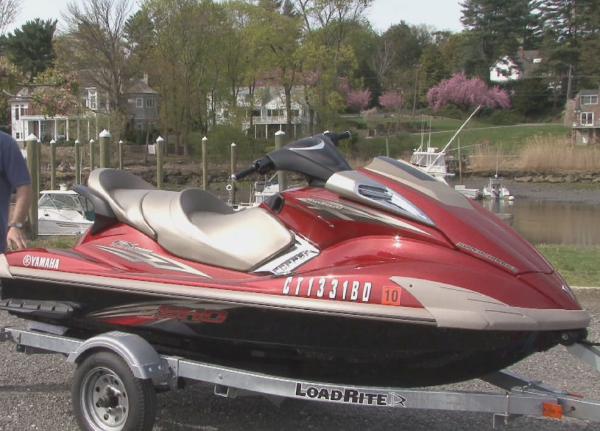
PWC Operation
Having fun and staying safe are not mutually exclusive objectives, when properly operated. Details vary on different models of PWCs. This Captain’s Report is a general guide. Consult and follow the owner’s manual before operating any PWC model.
Starting In Gear
There are some PWCs on the market that have a neutral. However, for the most part, when starting a PWC, it is actually in gear. Either forward or reverse. It is important to know which.
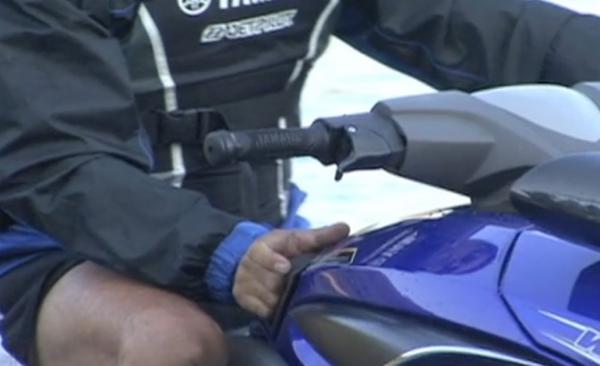
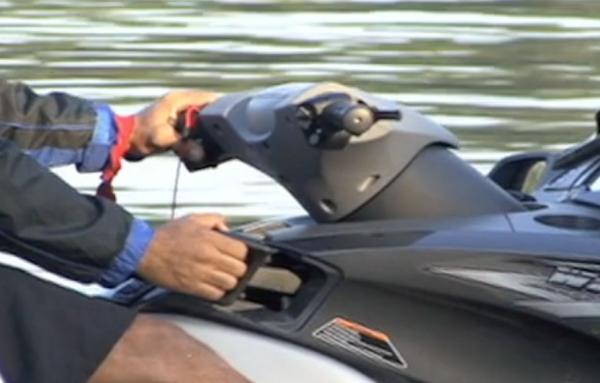
Direct Drive
This means, there is a shaft going right to an impeller, and that impeller is pulling the water in and pushing it right out the jet’s steering nozzle. From a safety point of view, remember, when it is turned on, know whether it is in forward or reverse. To avoid bumping into things, make sure there is nothing around that will impede motion.

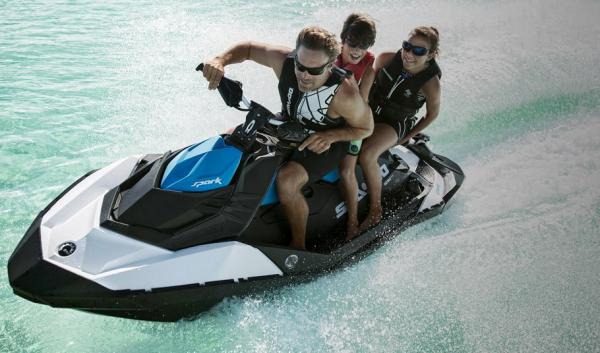
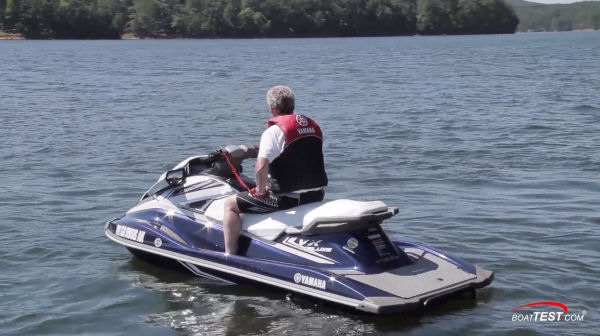
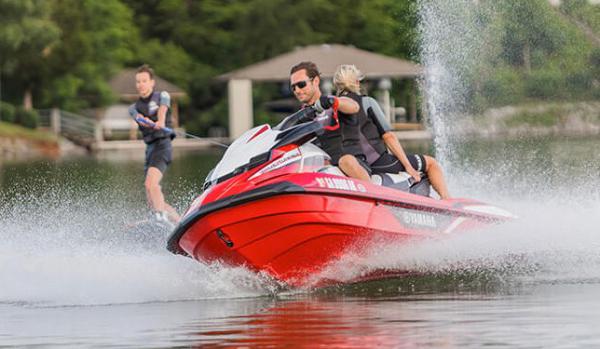
Look and Listen
Use common sense while operating a PWC. Always look behind, many PWCs have sideview mirrors. Look to both sides before maneuvering at speed. Listen for other boats that may be approaching from a blind spot. It is important to maintain situational awareness at all times.

Operator’s Responsibility
The driver is responsible for all passengers. All PWCs are required to display the number of passengers that the particular model is rated for. Never exceed the posted capacity. As an example, if the vehicle is rated for two people, a driver and a passenger, do not operate with more than two people on it.
